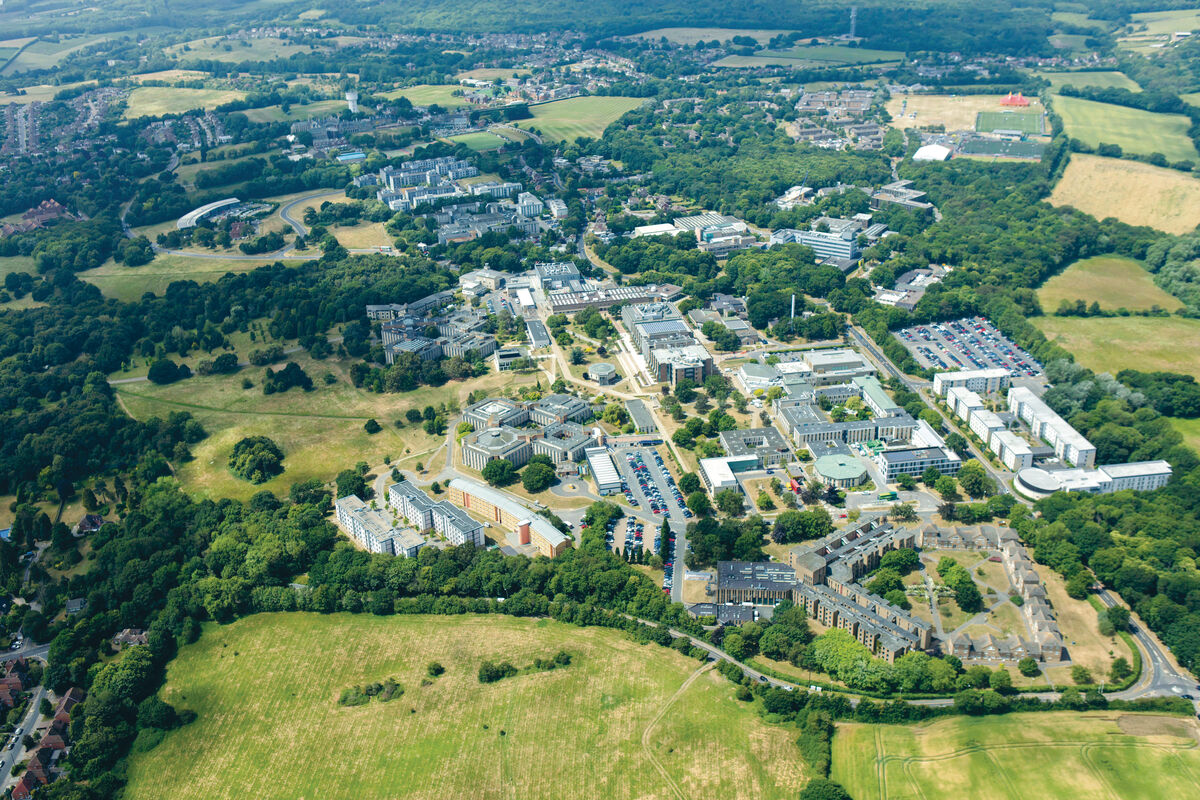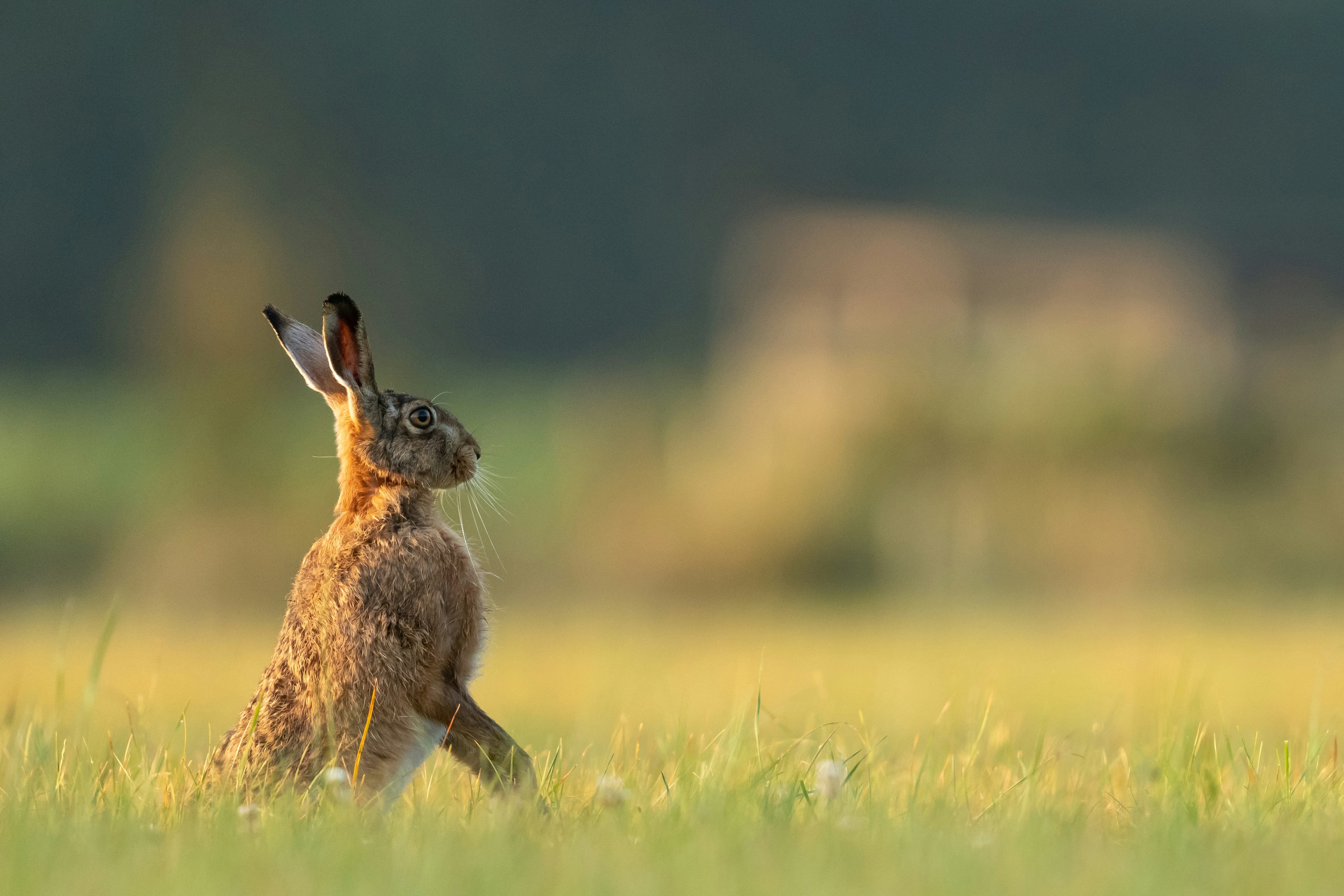Fables such as Aesop’s ‘The Hare and the Tortoise’ have been around for centuries, using animal voices to teach moral lessons. But are they still relevant in the modern day? And if so, how can we use the genre to help us navigate current environmental, social and political crises?
This is what Dr Kaori Nagai, Senior Lecturer in Victorian Literature in the School of Humanities, has been exploring with fellow scholars , animal experts, artists, theorists, and fabulists over the course of a two-year project funded by the Arts and Humanities Research Council. Here, she shares her experience along the way.
Firstly, what is a fable?
‘The Hare and the Tortoise’, ‘The Fox and the Grapes’ – a fable is typically a short animal tale with a moral at the end. You are bound to know some of them by heart. These do not just teach morals; they also impart worldly wisdom to guide us through life’s challenges, and are often used to satirise social injustice, such as in the case of ‘The Wolf and the Lamb’. These stories, told and retold across generations, are an important part of the oral tradition which has shaped human cultures, languages and thought. Recently, scholars have become particularly interested in the fable’s use of nonhuman characters as a powerful medium to rethink our relationship with the nonhuman world.
What inspired you to immerse yourself in this genre?
As a literary scholar who specialises in animal studies, I came to develop a deep interest in fables because of their unique focus on nonhumans. Even when the moral of the story is intended for humans, fables evoke lively images of these characters. It is this quality which makes the literary genre so fascinating to me as a scholar as well as an animal lover. It’s what led me to write a book about the role of animal fables in the British Empire, and go on to successfully apply for this project.
What can fables tell us about our relationship with animals and the environment?
I daresay the fable, in which animals and other creatures freely speak to us, lies at the heart of our attraction to the nonhuman world – this includes the daily and private conversations we hold with our animal companions and the natural world around us. For this reason, the genre is a crucial one for asking questions about our attitude towards nonhumans. For instance, if fable creatures overwhelmingly speak to tell human stories, to what extent do fables echo and embody the human exploitation of animals? Are fables mere fictions, or do they shape our perception of nature and our attitude toward it? Or, are they evidence that our ‘human’ thinking is shaped by our conversation with the nonhuman world?
How has the project supported the exploration of this topic?
‘Rethinking Fables in the age of global environmental crisis’ has been an incredible two-year journey. Through a series of workshops, we have covered all kinds of fables, from the traditional to the experimental. We even composed AI/cyber fables to respond to recent technological developments which are shaping our life and stories.
I am particularly proud of ‘How to Read a Poem to a Spider’, the fruit of an art/science collaboration originating in our Spider Fable Workshop, held in January 2024. It was written and performed at our end-of-project storytelling event by a Noongar writer and researcher from Australia, Cass Lynch, in response to the conversations we had with Nathan Morehouse, a leading expert in spider vision. Cass’s fable-themed poem explores the meeting between human language and the spider, and it was visualised by artist Josie Rae Turnbull through a stunning spider sculpture created from found objects.
Tell us more about the storytelling event you hosted on campus…
Taking place at the Gulbenkian Theatre on our Canterbury campus in May, the public storytelling event was the culmination of our project and a great opportunity to showcase some of the fables and fabulists emerging out of our networking activities. It was part of our final conference, so it was wonderful to have our delegates and animal experts among the audience, including our two distinguished keynote speakers, Professors Vinciane Despret and Susan McHugh.
As befits a fable-telling session in Canterbury, the event opened with an extract from the beast fable ‘Chanticleer and the Fox’ in Geoffrey Chaucer’s Canterbury Tales, read in Middle English by Dr. Ryan Perry, Reader in Medieval English at the University of Kent and an authority on the Canterbury Tales. Among our fabulists was Matilda Leyser, a novelist currently working on her iCCi funded practice-as-research PhD at the University of Kent, who told experimental fables of becoming a range of nonhumans. We also had the honour of being joined by Suniti Namjoshi, a distinguished fabulist and author of The Blue Donkey Fables (1988), Aesop the Fox (2018) and many other fables. I loved the way in which her talk suggested that we see the fable as ‘a working paradise’, where ‘even lions are allowed to live’ next to the ‘woolly lamb’.
“The way this all came about through the power of the fable has been magical and truly inspiring.”
The event drew to a close with a musical fable, ‘The Gannet and the Whale’ – a three-way collaboration between composer Emily Doolittle, musician and researcher Alex South, and poet Lesley Harrison. It tells of the encounter between diving seabirds and pilot whales surfacing from the ocean through mimetic music of seabirds and improvisations based on whale recordings – the sounds filled the entire theatre, bringing the ocean with them. Harrison’s poem, ‘The Middle Deep’, which accompanied the music, alerts us to the rapid changes in the ocean affecting this encounter. It was a powerful and fitting conclusion to this project, which uses the fable to address environmental crisis.
Is it too late to engage with the project?
Whilst the initial project has come to an end, there are still opportunities to explore some of our outputs and even have a go at writing your own fable. Our online exhibition showcases some of the outputs from the project. We are in the process of building an Instagram page to make it easier to explore our activities and to discover the amazing fabulists who contributed to the project, so watch this space!

